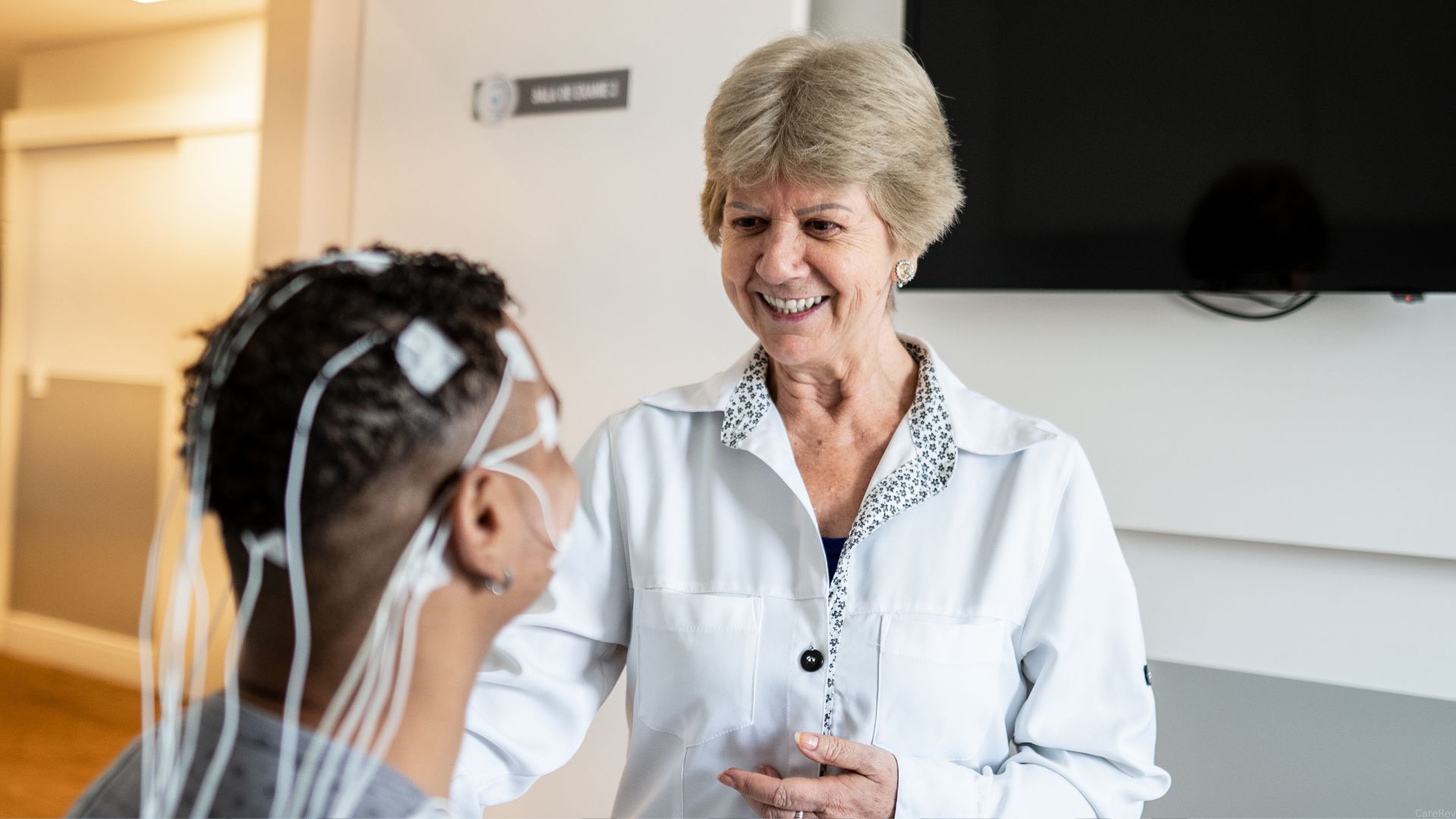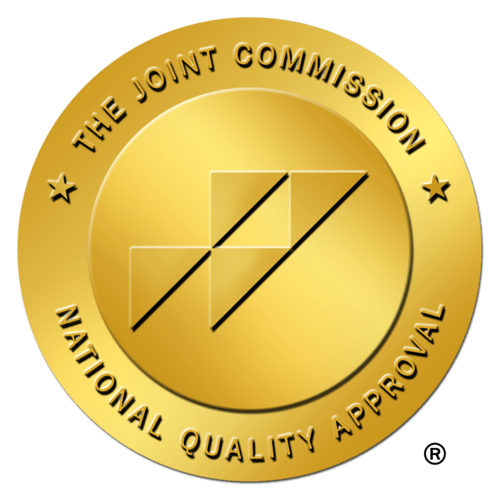
When a patient says, “I sleep eight hours but wake up exhausted,” you’re often staring at an underdiagnosed driver of morbidity. That road frequently leads to a somnologist—commonly called a sleep medicine physician. For clinicians, understanding what somnologists do, how they’re trained, and when to refer isn’t trivia; it’s operational knowledge that improves outcomes across cardiometabolic, neurologic, and mental health domains. This guide gives you a clear, clinically useful overview you can act on today.
What somnology is—and who practices it
Somnology is the scientific and clinical study of sleep and sleep disorders. In everyday clinical language, a “somnologist” is a board-certified sleep medicine specialist who evaluates, diagnoses, and treats sleep disorders across age groups. In the U.S., most somnologists are physicians trained in another primary specialty (e.g., internal medicine, pulmonary, neurology, psychiatry, ENT, pediatrics, family medicine) who then complete a dedicated sleep medicine fellowship and pass a subspecialty board exam. The American Academy of Sleep Medicine (AASM) serves as the field’s leading professional society and sets many clinical standards, accreditation criteria, and practice resources.
You may also encounter advanced practice clinicians, psychologists, dentists, and technologists as part of the accredited sleep team, but the team is typically led by a board-certified sleep physician.
Training path and certification
The common pathway looks like this: medical school, residency in a core specialty, an ACGME-accredited one-year sleep medicine fellowship, passing a sleep medicine subspecialty exam administered by one of the member boards (e.g., ABIM for internal medicine). The American Board of Internal Medicine publishes annual exam schedules and requirements for the subspecialty.
Historically, the American Board of Sleep Medicine (ABSM) offered a certification exam; the ABSM credential is no longer issued but remains valid as a lifetime certification with verification services maintained for existing diplomates. In practice, most new U.S. physicians certify through an ABMS member board (e.g., ABIM, ABPN, ABP).
Why somnologists matter in routine care
Sleep disorders are common, under-recognized, and clinically meaningful. Consider what routinely crosses your desk: hypertension resistant to standard therapy, atrial arrhythmias, insulin resistance, refractory depression, post-stroke fatigue, parasomnias in neurodegenerative disease, and safety-critical daytime sleepiness. Effective management often hinges on identifying—and treating—a primary sleep disorder such as obstructive sleep apnea (OSA), insomnia, circadian rhythm disorder, narcolepsy, restless legs syndrome (RLS), or REM sleep behavior disorder (RBD). Multidisciplinary sleep centers explicitly organize care across these conditions.
In plain terms: earlier recognition and specialist co-management can improve patient-reported outcomes and reduce downstream utilization, especially when persistent sleep complaints coexist with cardiometabolic or psychiatric comorbidity. (The AASM’s professional resources and guidance underscore this team-based model.)
How somnologists evaluate patients
Clinical assessment. The workup starts with a targeted sleep history (sleep schedule, latency, awakenings, snoring/witnessed apneas, parasomnia features, restless legs symptoms, medication/substance review), plus exam findings that may support OSA or other etiologies. Screening instruments and sleep diaries can refine pretest probability and triage testing.
Objective testing. The testing menu is broader than “get a sleep study”:
- In-lab polysomnography (PSG). The gold-standard overnight study tracks EEG/EOG/EMG, airflow, respiratory effort, oxygen saturation, ECG/heart rate, limb movements, and body position to characterize sleep architecture and events (apneas, hypopneas, arousals, limb movements). PSG can be conducted as a purely diagnostic night or as a split-night with CPAP titration when criteria are met.
- Home sleep apnea testing (HSAT). A suitable alternative for uncomplicated, high-probability OSA in select adults; not a substitute for comprehensive PSG in suspected parasomnias, significant comorbidity, or other complex scenarios. (Clinical selection criteria are typically defined at AASM-accredited centers.)
- Multiple Sleep Latency Test (MSLT). A daytime nap test after an adequate PSG night to quantify physiologic sleepiness and detect sleep-onset REM periods; essential in diagnosing narcolepsy and idiopathic hypersomnia. Updated AASM protocols outline timing, prerequisites, and interpretation standards.
- Maintenance of Wakefulness Test (MWT). A related daytime protocol that assesses the ability to stay awake—useful for safety-sensitive clearance and to gauge treatment effectiveness. (Practice parameters and protocol papers detail reliability and clinical indications.)
Somnologists may also use actigraphy, circadian phase assessments, and structured sleep logs, especially when circadian rhythm disorders are suspected (e.g., delayed sleep–wake phase disorder).
Common conditions managed by somnologists
Obstructive sleep apnea (OSA)
Expect comprehensive risk stratification, shared decision-making about PAP modalities (CPAP/APAP/BiPAP), interface selection, and troubleshooting adherence. For suitable patients, oral appliance therapy—often delivered in collaboration with qualified dentists—can be considered. Surgical options are reserved for selected anatomic phenotypes or PAP-intolerant cases; titration strategies (including split-night) are protocolized.
Insomnia disorder
First-line therapy is cognitive behavioral therapy for insomnia (CBT-I); pharmacotherapy can be adjunctive and individualized. Sleep physicians coordinate CBT-I delivery and taper sedative-hypnotics where appropriate, particularly in older adults or those with SUD risk. (AASM patient-facing and professional resources reinforce CBT-I primacy.)
Narcolepsy and idiopathic hypersomnia
Diagnosis depends on PSG-MSLT findings and clinical phenotype (cataplexy, hallucinations, sleep paralysis, fragmented nocturnal sleep). Treatment spans wake-promoting agents, sodium oxybate formulations, scheduled naps, and safety counseling; ongoing MSLT/MWT may gauge response.
Restless legs syndrome (RLS) and periodic limb movement disorder (PLMD)
Management includes iron repletion when ferritin is low/low-normal, plus pharmacologic options and augmentation surveillance; PSG can document periodic limb movements when clinically relevant.
Parasomnias (NREM and REM)
Somnologists differentiate NREM arousal disorders (sleepwalking, night terrors) from REM sleep behavior disorder (RBD) using PSG with EMG to document REM without atonia; counseling on injury prevention and targeted therapy follows.
Circadian rhythm sleep-wake disorders
Treatment blends timed light exposure, melatonin, behavioral scheduling, and, in select cases, pharmacologic aids; actigraphy and sleep logs guide titration.
Treatment approaches and ongoing management
Positive airway pressure (PAP) therapy
Beyond prescribing, somnologists engineer adherence: pressure optimization, mask/interface fitting, humidification, positional therapy, and data-driven follow-up using device telemonitoring. Split-night protocols and same-night titration are options when criteria are met.
Oral appliances and upper-airway surgery
For PAP-intolerant patients or those with specific anatomic issues, sleep physicians coordinate mandibular advancement devices and ENT evaluation for surgical candidacy, with objective post-intervention reassessment (HSAT/PSG).
Behavioral therapies
CBT-I, stimulus control, sleep restriction, and psychoeducation are core. For circadian disorders, timed light and chronotherapy are mainstays. Collaboration with psychologists trained in behavioral sleep medicine is common in accredited centers.
Pharmacologic management
Judicious use of hypnotics, orexin receptor antagonists, melatonin, wake-promoting agents, and disorder-specific medications is coordinated with primary teams to avoid polypharmacy pitfalls and manage comorbid conditions.
Safety and counseling
Work restrictions (e.g., commercial driving), injury prevention in parasomnias, perioperative risk stratification in OSA, and pregnancy considerations are standard elements of follow-up.
How sleep medicine integrates with your practice
Somnologists rarely manage in a vacuum. Common co-management scenarios include:
- Cardiometabolic disease. OSA screening in resistant hypertension, AF recurrence prevention strategies, and glucose control optimization in T2D. Referrals often produce measurable cardiometabolic benefits once PAP adherence stabilizes.
- Neurology and psychiatry. RBD evaluation in suspected synucleinopathies; insomnia in mood disorders; hypersomnia assessments in TBI or post-stroke fatigue. Somnologists interpret MSLT/MWT in these contexts and guide stimulant/wake-promoter use.
- Otolaryngology/dentistry. Airway surgeries and oral appliance therapy for selected OSA patients with sleep physician oversight and objective outcome verification.
- Pediatrics. Adenotonsillar hypertrophy OSA, neurodevelopmental parasomnias, and adolescent circadian delay; testing and treatment plans are age-tailored.
When to refer to a somnologist
Use your clinical threshold. Early referral is reasonable when:
- High OSA probability (snoring, witnessed apneas, resistant HTN, obesity, atrial arrhythmias) or complicated OSA (copious comorbidities, suspected central events).
- Persistent insomnia despite adequate first-line measures or when CBT-I access/coordination is the barrier.
- Excessive daytime sleepiness unexplained by behavior or medications, especially when MSLT is likely to inform management.
- Suspected parasomnias with risk of injury, dream enactment behavior suggestive of RBD, or atypical features that warrant PSG/EMG.
- Circadian rhythm disorders impairing function (e.g., DSWPD in students/shift workers) where structured phase assessment and therapy are needed.
Practical tip: When you suspect narcolepsy or idiopathic hypersomnia, coordinate an in-lab PSG followed by next-day MSLT (adequate sleep time verified) and ensure medication washouts per AASM protocol to avoid inconclusive results.
What to include in your referral
Make your sleep colleague’s life easier—and your patient’s pathway shorter—by sending:
- A focused sleep history (snoring/witnessed apneas, insomnia pattern, naps, parasomnia behaviors, RLS features, circadian schedule).
- Medication list (sedatives, antidepressants, antipsychotics, opioids, stimulants, alcohol/caffeine use).
- Comorbidity snapshot (CV, pulmonary, neuro, psych) and prior testing (Echo, PFTs, prior PSG/HSAT data).
- Treatment history and barriers (PAP experience/adherence, CBT-I access, dental appliance use).
- Safety concerns (drowsy driving, occupational risk, injury from parasomnias).
Finding a qualified sleep specialist and lab
Direct patients to AASM-accredited sleep centers and board-certified sleep physicians. Accreditation ensures adherence to standards for testing, scoring, technologist training, and quality improvement. Hospital-affiliated academic centers often house fellowships and multidisciplinary teams. The AASM site and major academic centers provide public directories and describe care scope.
Frequently asked questions from referring clinicians
Is “somnologist” different from “sleep medicine specialist”?
Functionally, in U.S. clinical practice, no: it usually refers to a physician trained and certified in sleep medicine who leads the sleep team.
Can I order HSAT myself?
Many primary care and subspecialty clinicians do, but interpretation and management—especially when results are borderline, discordant with symptoms, or complicated by comorbid disease—benefit from sleep specialist oversight. Accredited centers define protocols and triage criteria.
How do I time MSLT?
Ensure an attended PSG the prior night with adequate sleep opportunity and appropriate medication/substance washouts; otherwise you risk uninterpretable results. Follow updated AASM protocols.
What about legacy ABSM certificates?
They’re still valid as lifetime credentials, but new certifications generally run through ABMS member boards (e.g., ABIM).
Takeaways for busy clinicians
- “Somnologist” = board-certified sleep medicine physician leading a multidisciplinary team.
- The diagnostic backbone is PSG, with HSAT for selected OSA cases and MSLT/MWT for hypersomnolence and safety assessments.
- Early referral pays off when daytime sleepiness, insomnia refractory to first-line care, suspected parasomnias, or high-risk OSA are in play.
- Use AASM-accredited centers and ensure referrals include a focused sleep history, meds, comorbidities, and prior testing.
Transforming patient health through sleep medicine
Sleep medicine is no longer a niche—it’s foundational. Somnologists bring structured diagnostics and targeted therapies that frequently change a patient’s trajectory, whether you’re battling resistant hypertension, trying to stabilize AF, or managing major depression with residual insomnia. As a referring clinician, your role is pivotal: suspect the disorder, triage appropriately, and partner early. Your patients will feel the difference in their days, not just their nights.





